'Your Environment'
Ecosystems in a jar - activity
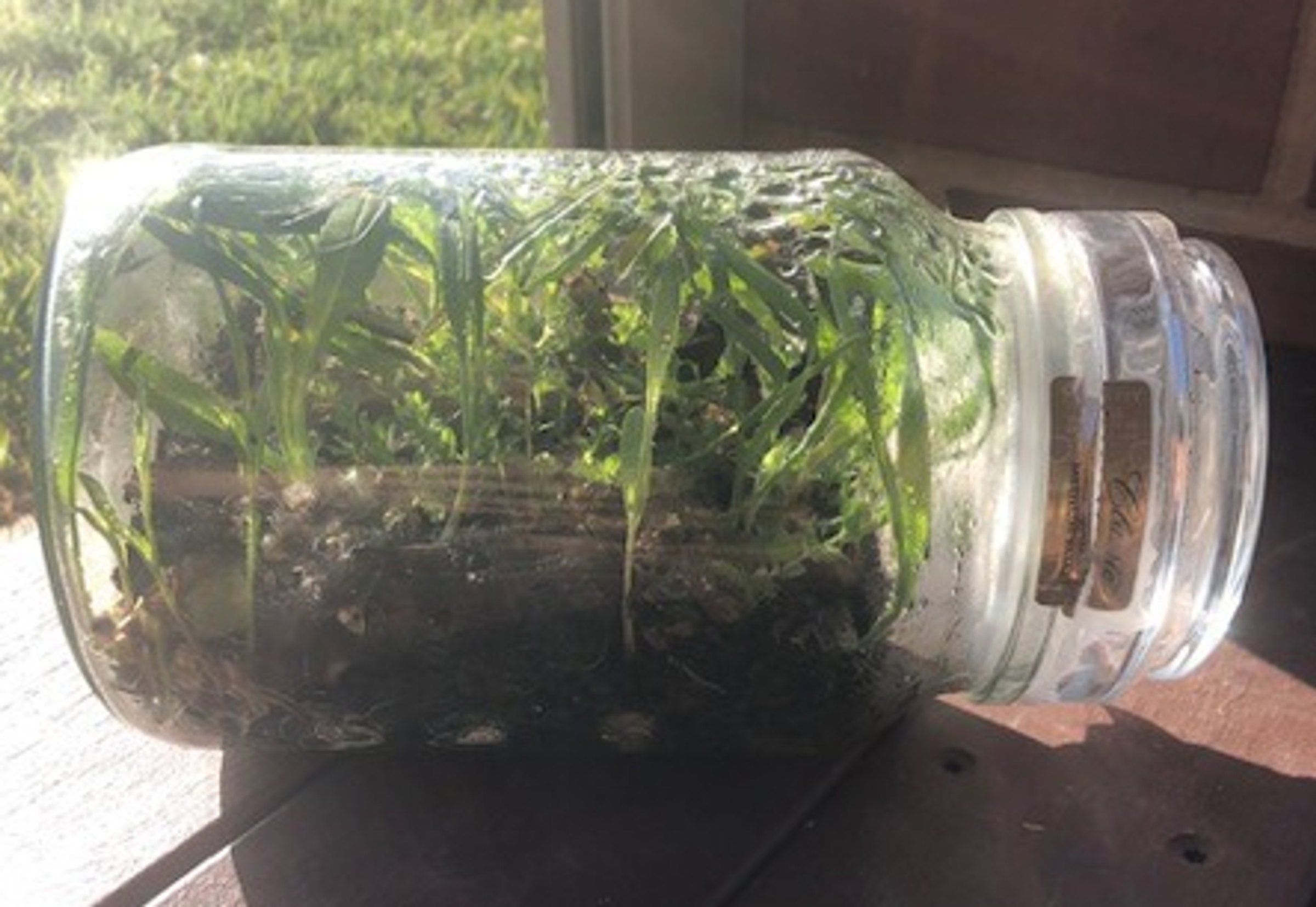
'Your Environment'
Ecosystems in a jar - activity
Students in the Year 9 Science elective ‘Your Environment’ have been busy during Remote Learning 6.0 creating an ‘ecosystem in a jar’. Students added various non-living (abiotic) materials like pebbles for drainage, soil, rocks and water. They then added in living (biotic) materials like plants, moss, grass, slaters, worms, spiders and insects. The ‘ecosystem in a jar’ is a closed ecosystem, which means that it’s a self sustaining system. The plants take in the carbon dioxide that the animals expel, and the animals take in the oxygen that the plants make during photosynthesis. The water that leaves the plants via transpiration will condense on the inside of the jar and run down the sides, acting like rain.
Some students discovered that some of their animals were eaten by other animals but this is all part of the process. Below are some of the ‘Ecosystems in a jar’ that students created.
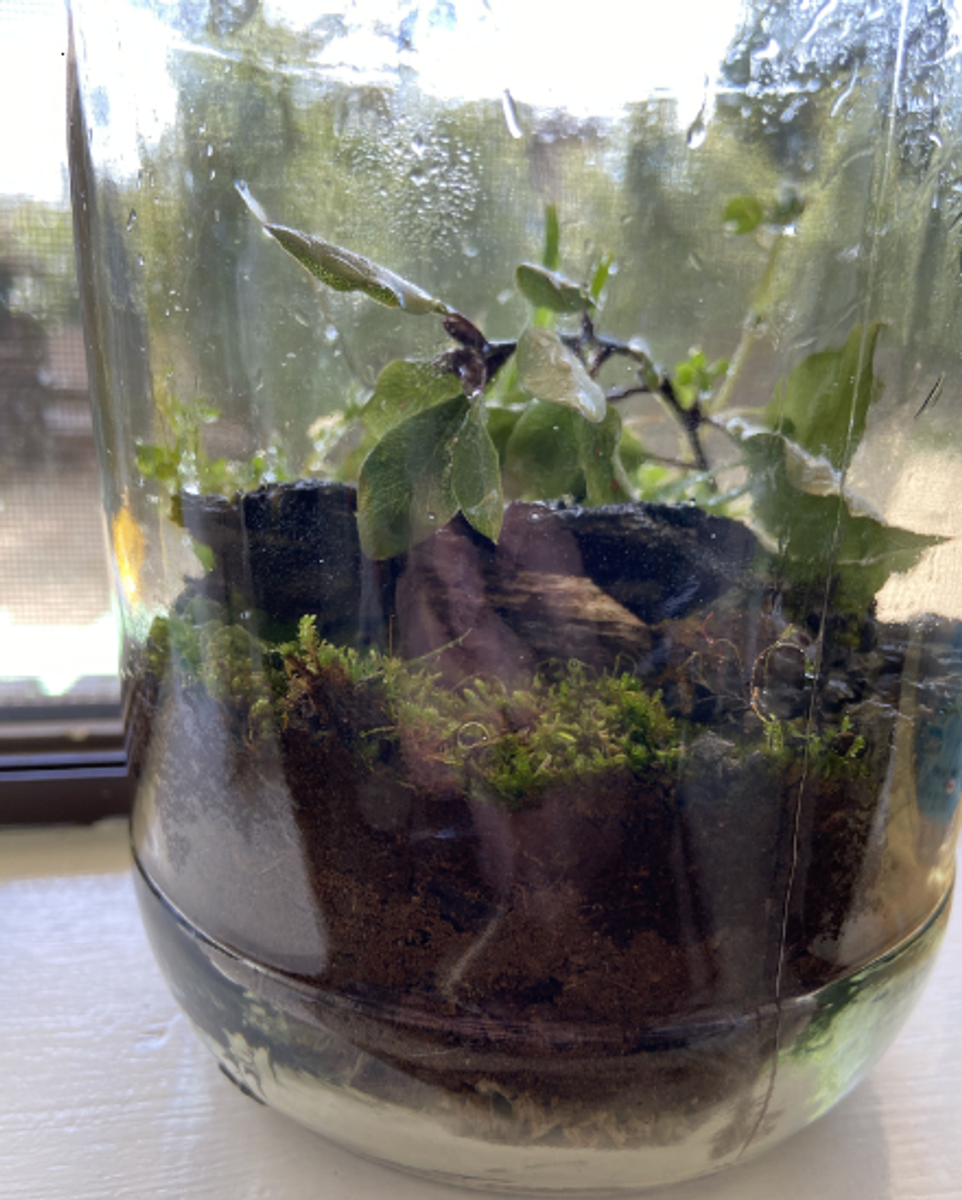
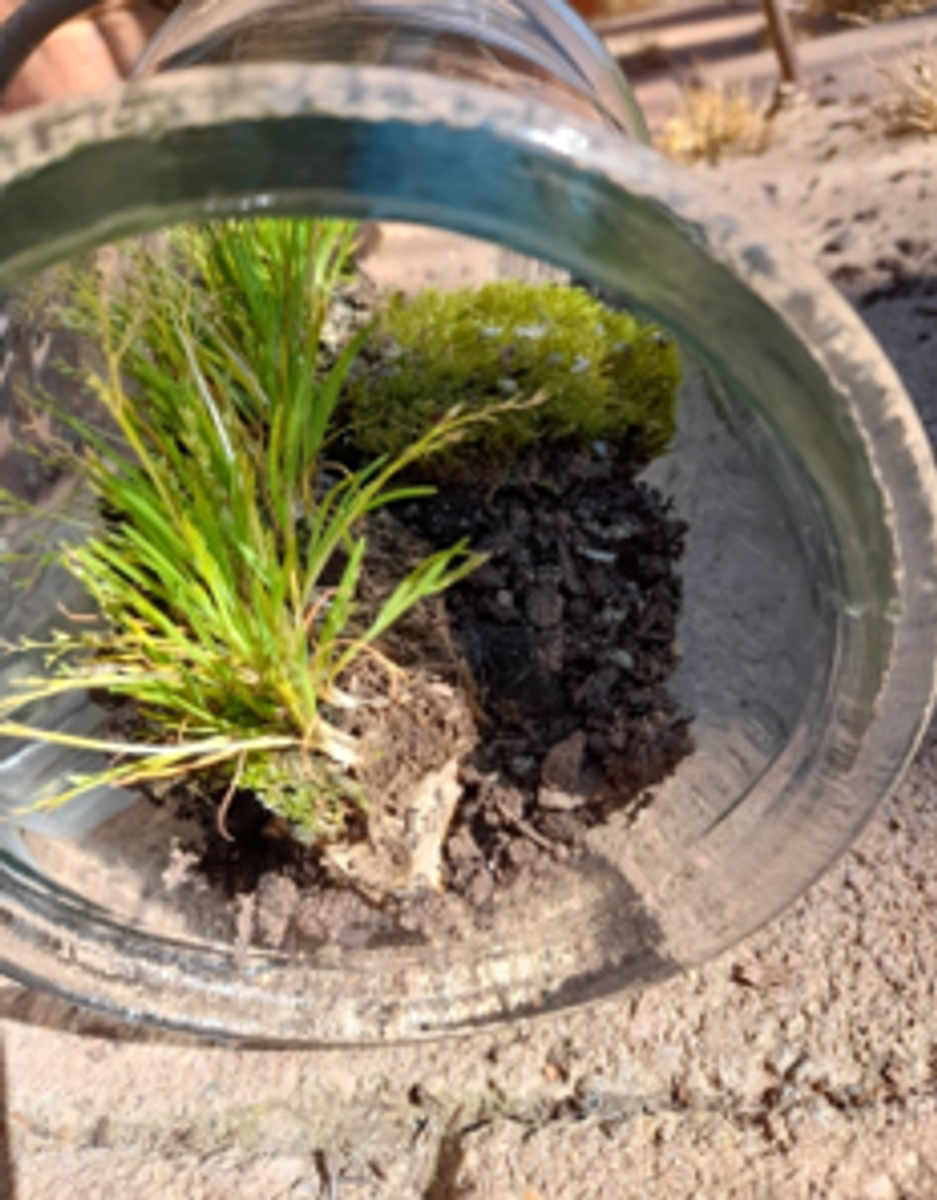
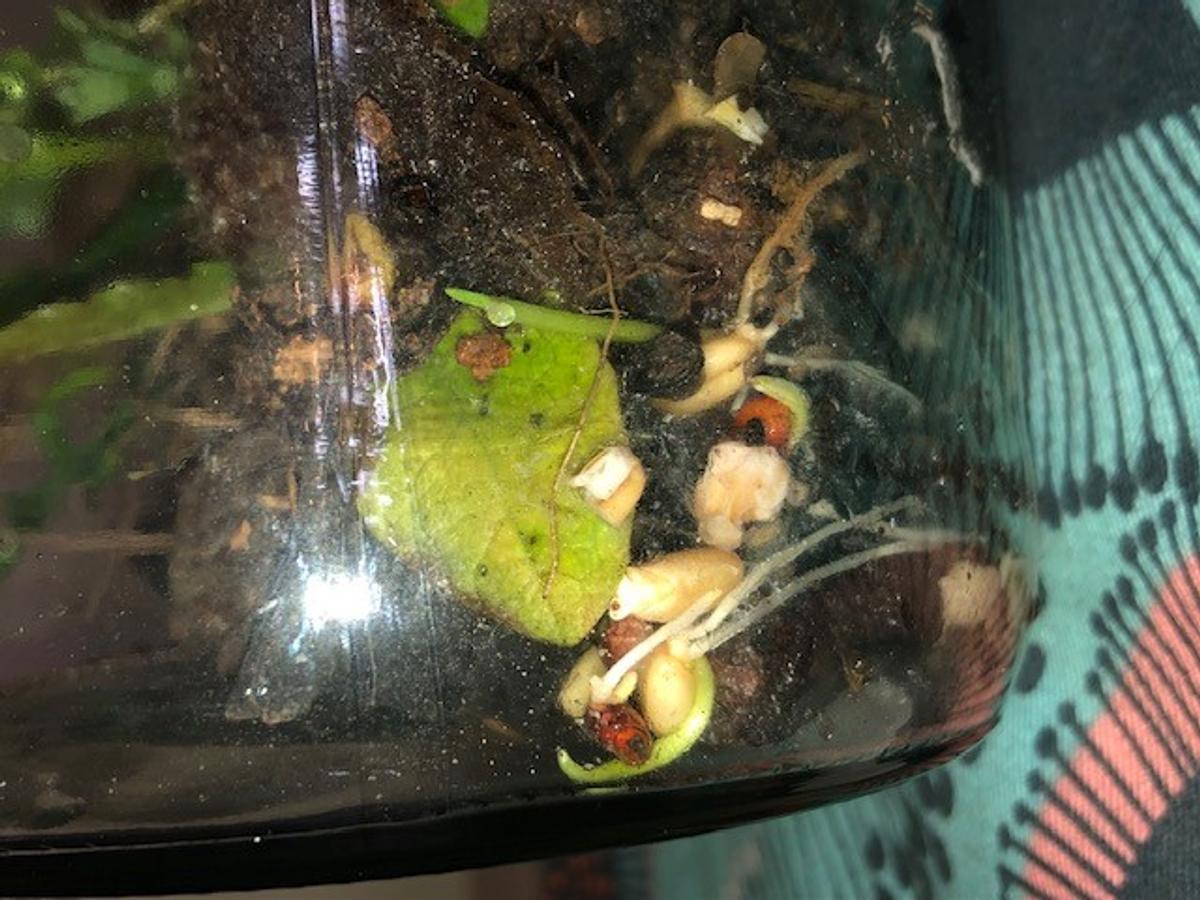
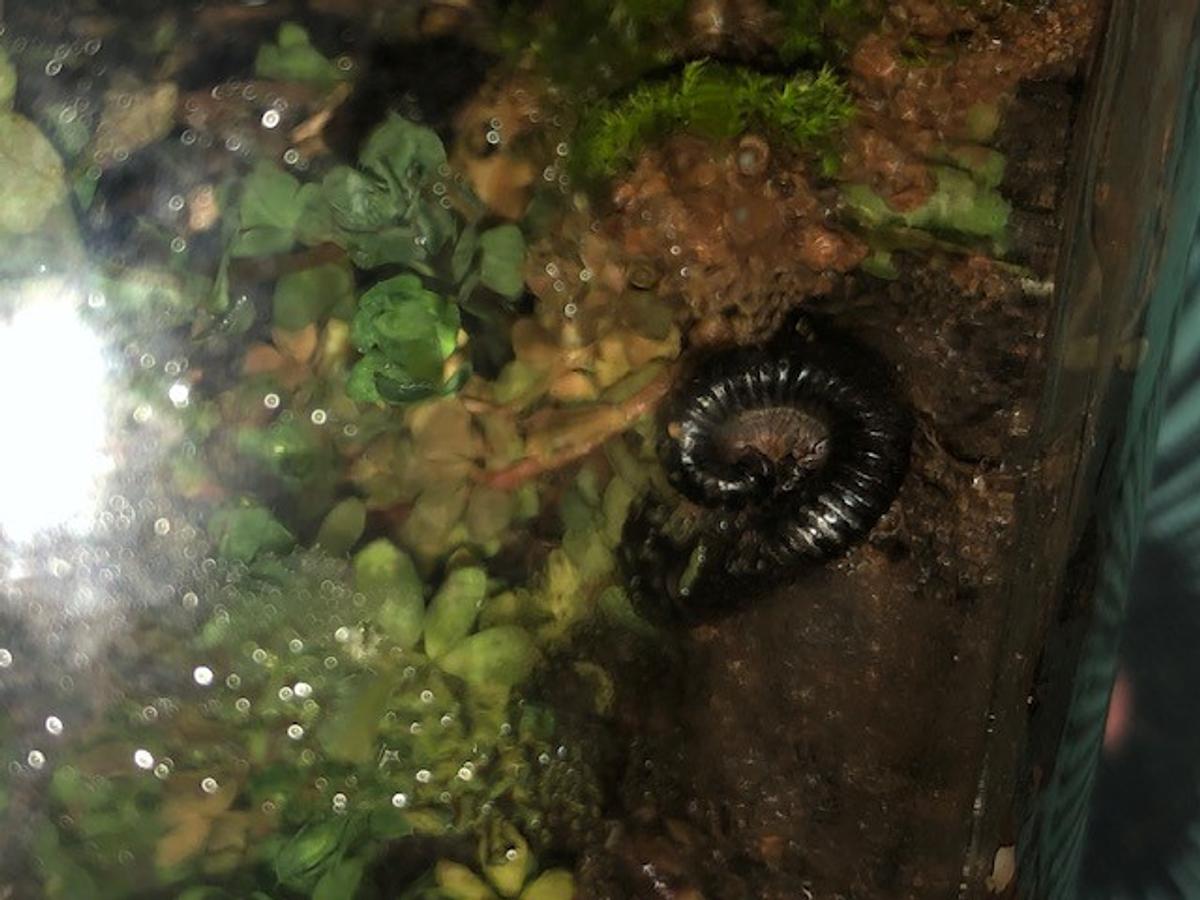
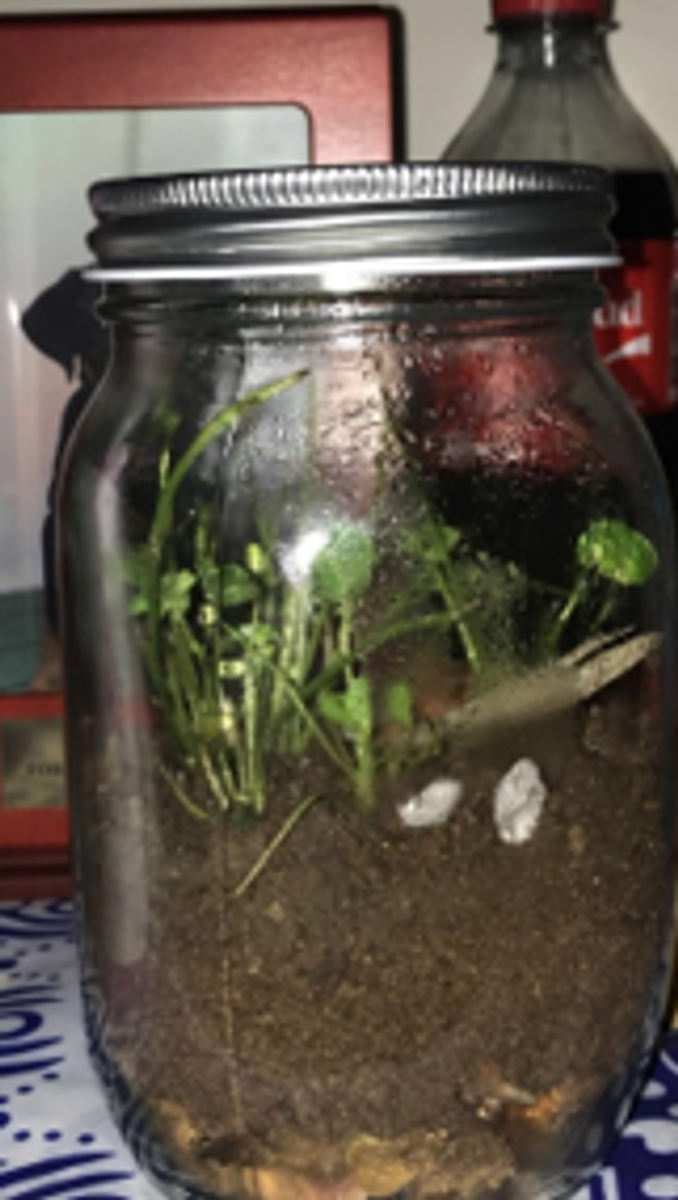
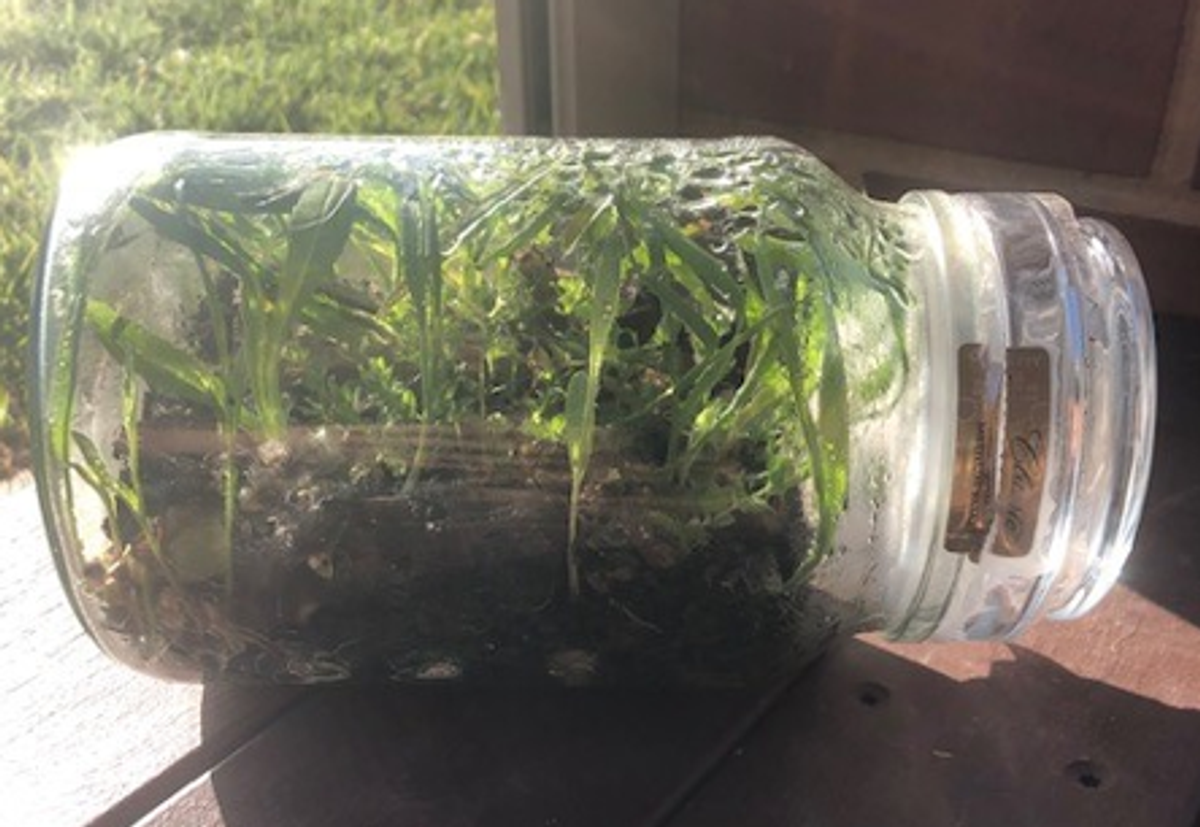






Check out the picture below of a man from the UK whose ecosystem in a bottle is still going strong after almost 50 years of it being completely sealed.
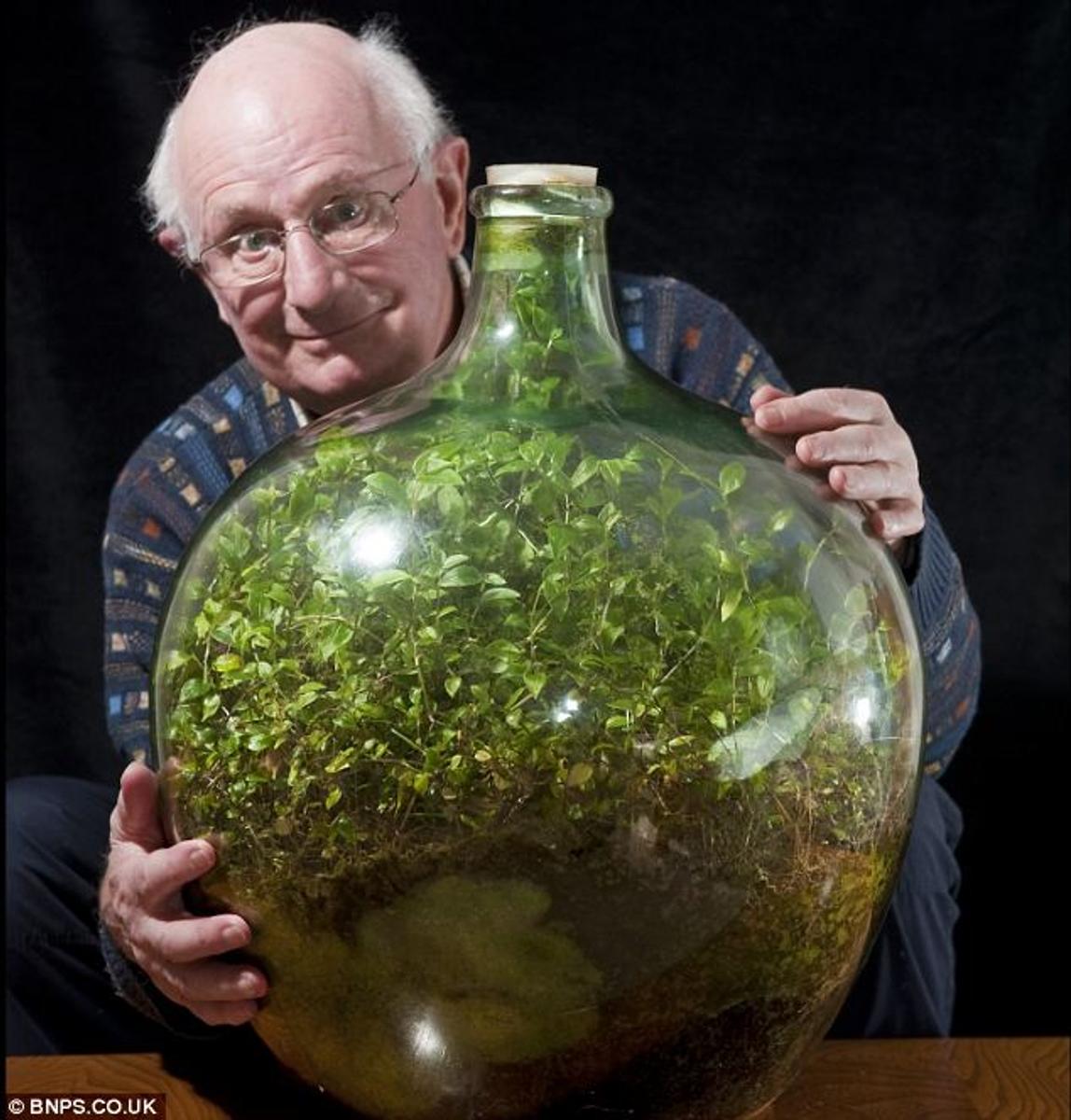

Still going strong: Pensioner David Latimer from Cranleigh, Surrey, with his bottle garden that was first planted 53 years ago and has not been watered since 1972 - yet continues to thrive in its sealed environment!